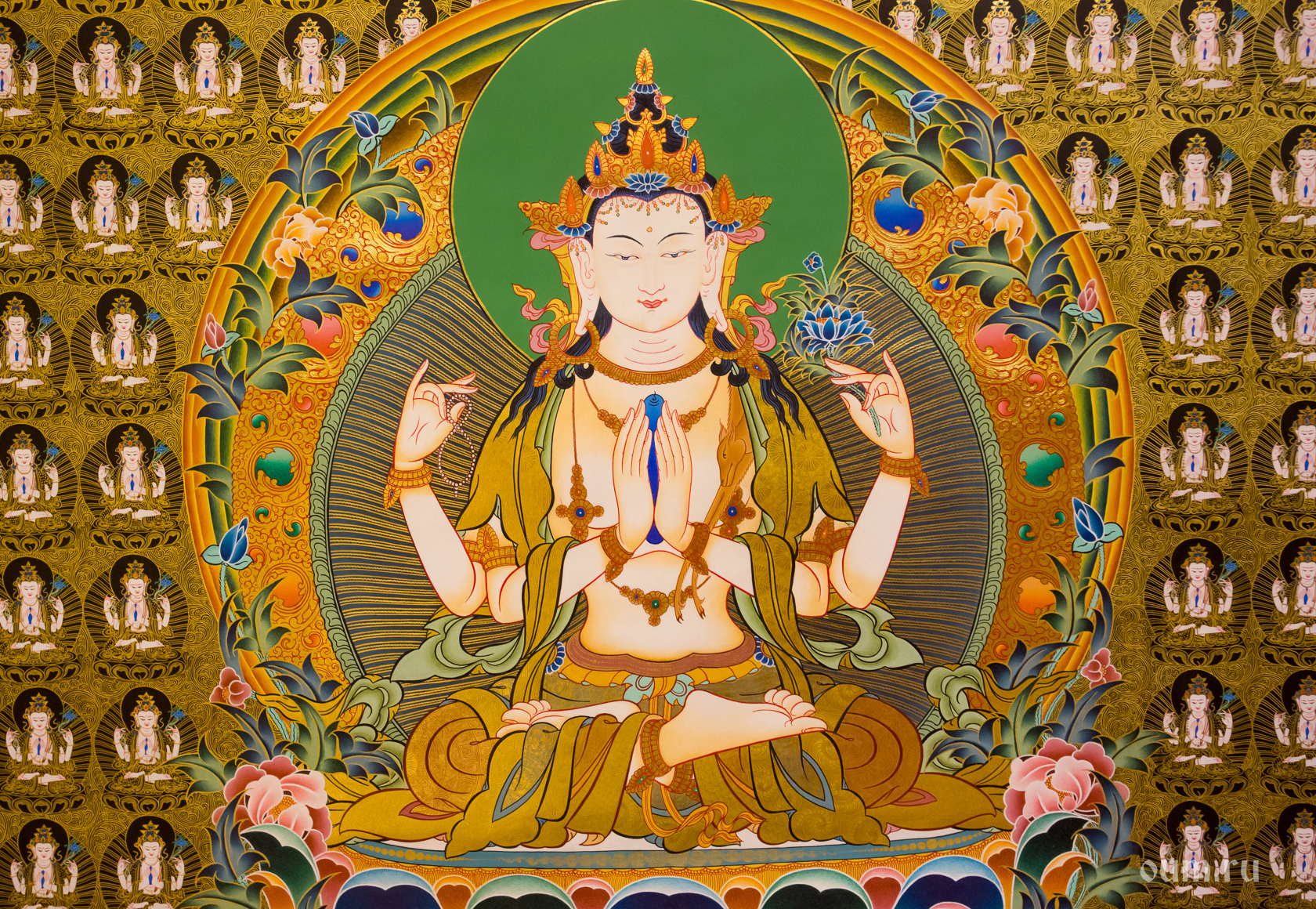The Bodhisattva of Compassion stands as a beacon of empathy and altruism, revered across Buddhist traditions under a multitude of names that echo through the corridors of time and geography.
In China, the compassionate deity is known as Guanyin, embodying the essence of mercy and grace. Japanese Buddhists invoke the name Kannon, while in Nepal, devotees seek solace in the compassionate gaze of Karunamaya. Tibetans venerate the Bodhisattva as Avalokiteshvara or Chenrezig, symbolizing boundless compassion that transcends cultural and linguistic boundaries.
The Essence of the Bodhisattva
Across millennia, the Bodhisattva of Compassion has traversed the tapestry of human consciousness, adapting to the ever-evolving spiritual landscapes while retaining its timeless essence. Despite often depicted in feminine forms like Guan Yin and Chenrezig, the Bodhisattva transcends conventional gender binaries, symbolizing inclusivity and universal empathy. In Buddhist cosmology, the figure assumes myriad manifestations, reflecting the diverse aspirations and cultural nuances of devotees worldwide.
According to Mahayana tradition, the Bodhisattva embodies the quintessence of altruism, pledging to defer personal enlightenment until all sentient beings attain liberation. This sacred vow underscores the Bodhisattva’s unwavering commitment to universal welfare, echoing through the corridors of time as a testament to boundless compassion.
Legends and Lore: Tales of Compassion
In Tibetan Buddhism, the lineage of Dalai Lamas is steeped in the rich tapestry of compassion, believed to be the earthly manifestations of Avalokiteshvara, or Chenrezig. This sacred lineage intertwines spiritual leadership with divine benevolence, embodying the Bodhisattva’s compassionate ethos in service to humanity.
The Story of Chenrezig
The tale of Chenrezig, the Bodhisattva of Compassion, unfolds as a celestial odyssey imbued with divine grace and profound sacrifice. In the blissful realms of enlightenment, Chenrezig emerges from the radiant gaze of Amitabha Buddha, embodying the compassionate essence that permeates the cosmos. Descending to the mortal realm, Chenrezig assumes myriad forms, from the ethereal lotus bloom to the compassionate gaze that pierces the veil of suffering.
Driven by boundless empathy, Chenrezig embarks on a divine mission to liberate sentient beings from the shackles of ignorance and suffering. Each gesture, each emanation, resonates with the symphony of compassion that reverberates through the cosmos, transcending time and space in its timeless quest for enlightenment.
The Symbolism of Eleven Heads and Thousand Arms
One of Avalokiteshvara’s most enigmatic manifestations unfolds as eleven heads and a thousand arms, symbolizing the multifaceted nature of compassion and its transformative power. Each head embodies a principal virtue, from non-attachment to unwavering faith, while the myriad arms extend as conduits of divine grace, reaching out to embrace all sentient beings in the embrace of boundless empathy.
The Mantra of Avalokiteshvara and Practice
The mantra “Om Mani Padme Hum” encapsulates the essence of Avalokiteshvara’s compassion, serving as a potent invocation of divine grace and universal empathy. To practice the mantra, find a quiet space where you can sit comfortably. Close your eyes and center your awareness on your breath, allowing it to flow naturally.
As you inhale, silently recite “Om Mani Padme Hum” with each breath, allowing the mantra to permeate your consciousness. Visualize Avalokiteshvara’s compassionate gaze enveloping you in a radiant aura of loving-kindness and compassion.
Continue the practice for a few minutes, allowing the mantra to resonate within your being, purifying your mind and heart with its divine vibrations. With each repetition, feel yourself becoming more attuned to the boundless compassion that Avalokiteshvara embodies, cultivating a deep sense of empathy and interconnectedness with all sentient beings.



